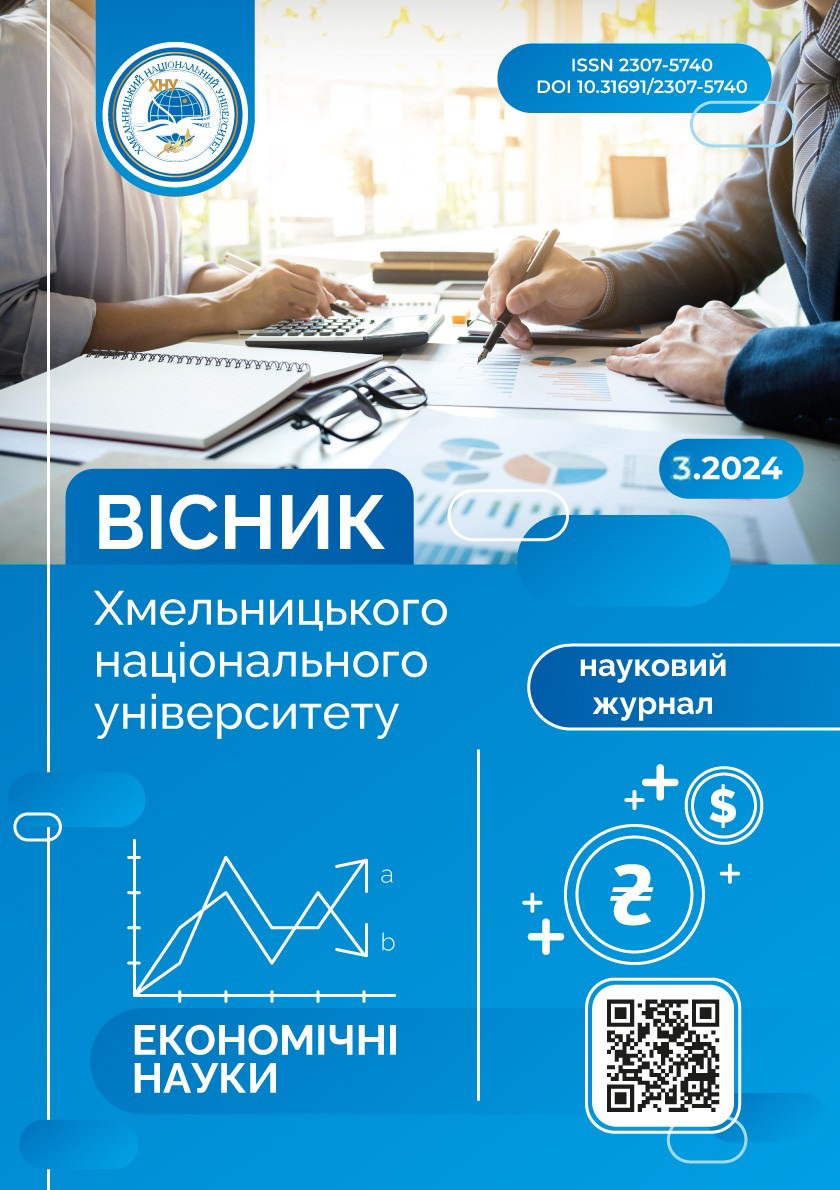CONCEPTUAL CHARACTERISTICS OF SELF-MANAGEMENT AT ENTERPRISES
DOI:
https://doi.org/10.31891/2307-5740-2024-330-74Keywords:
self-management, personnel management, enterprise, labor potential, labor relationsAbstract
The article emphasizes the importance of implementing self-management as a tool capable of effectively solving a large number of management tasks at enterprises. The main tasks of personnel management are highlighted as guidelines for the development of self-management at the enterprise. According to the tasks of personnel management, the vectors of self-management at the enterprise are selected. It is proposed to consider personnel management elements (goals, tasks, subjects, principles, functions, methods, development tools) as functional characteristics of building a self-management system at the enterprise. The list of basic principles (development, flexibility, perspective, innovation, stimulation) of self-management at enterprises is summarized. Attention was drawn to the importance of continuous learning as a basic element of self-management, as a result of which we should expect an improvement in skills, abilities, knowledge, competences and other important qualities that are a priority in increasing productivity and work efficiency at enterprises. At the same time, the priority of this or that task in training is determined by the goals set by the hired employee and the management of the enterprise. Other functional characteristics of self-management at enterprises are emphasized - professional and career growth, improvement of qualifications and quality of work, interactive development of hired personnel. It was concluded that self-management is managed professional, personal and career growth. At the same time, the establishment and expansion of the scale of market relations implies a high dynamic of changes in the requirements for the quality parameters of the workforce. The ultimate goal of this process is to increase the professional level of employees in accordance with the company's goals and the formation of an internal personnel reserve.


